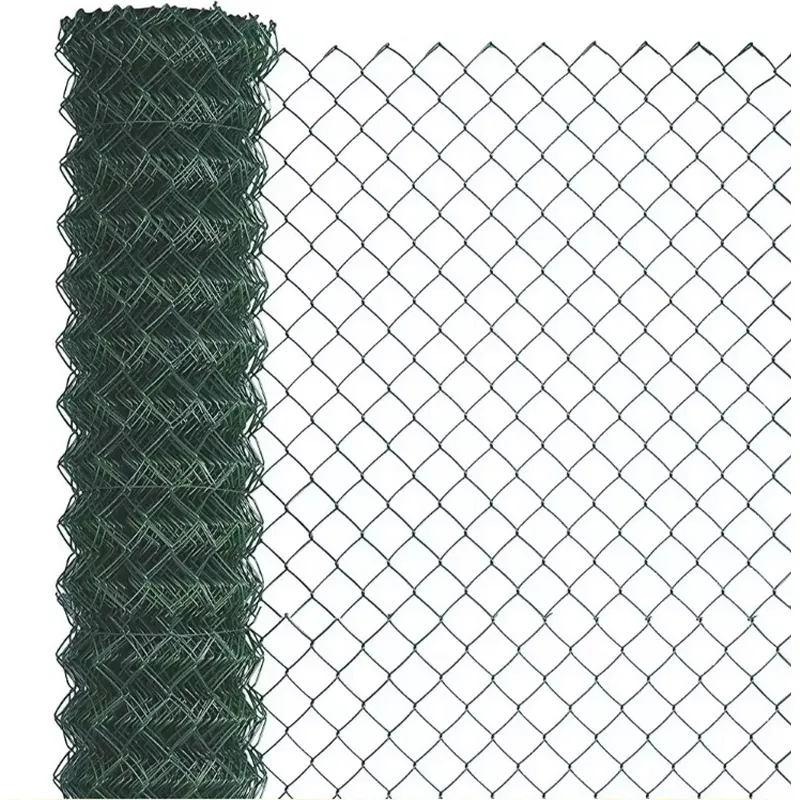-
 Phone:
Phone: -
 Email:
Email:

rockfall netting installation
Rockfall Netting Installation A Comprehensive Guide
Rockfall is a significant hazard in mountainous regions and steep terrains, posing considerable risks to infrastructure, vehicles, and human life. Managing this natural risk is essential, and one effective method employed is rockfall netting installation. This process involves the use of protective netting to stabilize loose rocks and prevent them from descending onto roadways, railways, and populated areas.
Understanding Rockfall Netting
Rockfall netting is designed to contain and control falling rocks or debris. Typically made from high-tensile steel, these nets are engineered to withstand the calculated forces of falling rocks, thus providing a barrier that holds loose materials in place. The installation of rockfall netting is a proactive measure that mitigates the risk of rockfall incidents by preventing potential hazards from reaching critical areas.
The Importance of Proper Assessment
Before embarking on a rockfall netting installation, an extensive site assessment is essential. This involves geological surveys to identify rock types, structural integrity, and areas prone to rockfalls. Engineers and geologists utilize various techniques, including drone surveys and ground-penetrating radar, to gather data and map out potential risks accurately. A thorough assessment helps in selecting appropriate materials and designing an effective netting system.
Design and Engineering Considerations
The design of a rockfall netting system is contingent on various factors such as the size of the catchment area, slope steepness, and the type of rock. Engineers must calculate the likely impact forces that the netting will experience and design a system to withstand these forces without failure. This often involves simulations and modeling to predict how the net and its anchoring system will behave under different conditions.
rockfall netting installation

Installation Process
The installation of rockfall netting requires a skilled team equipped with the right tools and safety gear. The process generally follows these steps
1. Site Clearance Removing loose debris and vegetation from the installation area to ensure a clean working environment. 2. Anchoring System Preparation Installing anchors that will secure the netting. This involves drilling into stable rock or using ground anchors that are tested for their load-bearing capabilities. 3. Netting Installation Unrolling and positioning the net over the prepared slope, then securing it to the anchoring system. This step demands precision to ensure full coverage and adequate tension in the netting.
4. Post-Installation Inspection After installation, a thorough inspection is vital to ensure that the netting is firmly secured and that there are no potential failure points. Regular maintenance checks are crucial to address wear and tear over time.
Benefits of Rockfall Netting
One of the primary benefits of rockfall netting is its versatility; it can be adapted to various landscapes and is effective against medium to large boulders. Additionally, the maintenance costs are generally lower compared to other rockfall mitigation methods, such as massive concrete walls. Moreover, by implementing rockfall netting, communities can enhance safety for both residents and travelers, ultimately leading to a reduction in accidents and infrastructure damage.
Conclusion
Rockfall netting installation is a critical component of managing geological hazards in vulnerable areas. Through careful assessment, skilled design, and precise installation, communities can significantly reduce the risks associated with rockfalls. As climate change continues to influence geological stability, the importance of such protective measures will only grow. Ensuring the safety and security of our infrastructure and natural environments demands priority, making rockfall netting an essential protective strategy for mountainous regions worldwide.
-
Wire Mesh for Every Need: A Practical SolutionNewsJul.25,2025
-
Steel Fences: Durable, Secure, and Stylish OptionsNewsJul.25,2025
-
Roll Top Fencing: A Smart Solution for Safety and SecurityNewsJul.25,2025
-
Cattle Farm Fencing Solutions for Maximum SecurityNewsJul.25,2025
-
Affordable Iron Binding Wire SolutionsNewsJul.25,2025
-
Affordable Galvanized Wire SolutionsNewsJul.25,2025
-
Wire Hanger Recycling IdeasNewsJul.25,2025








